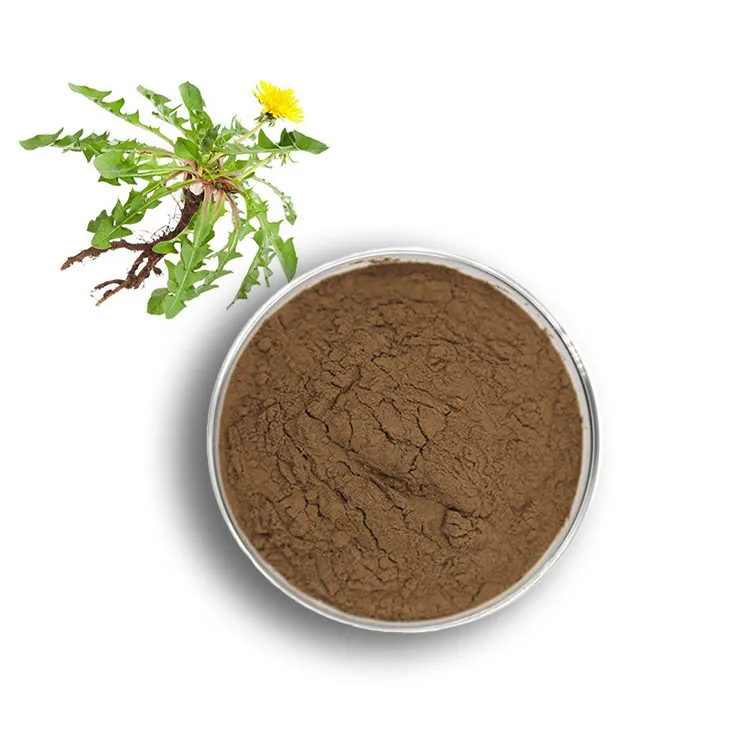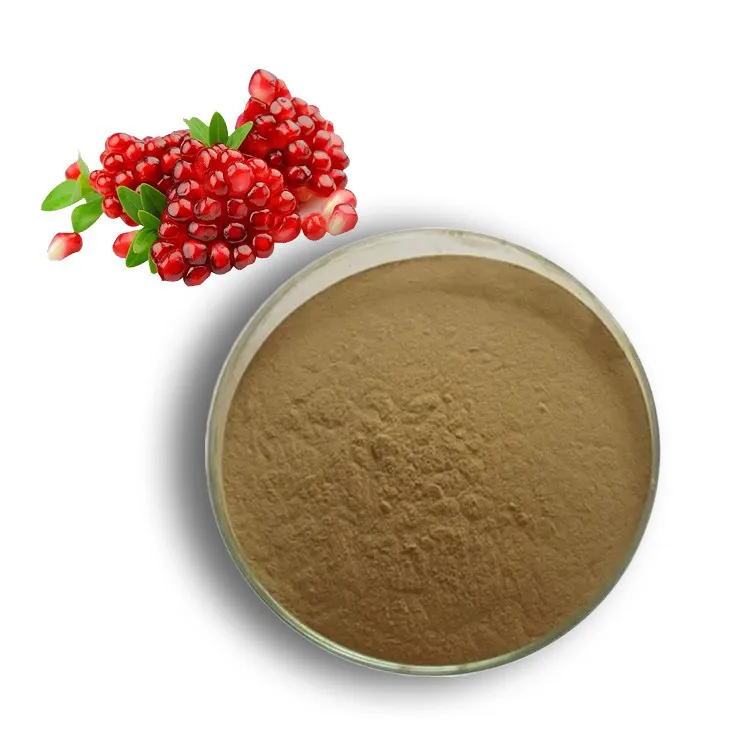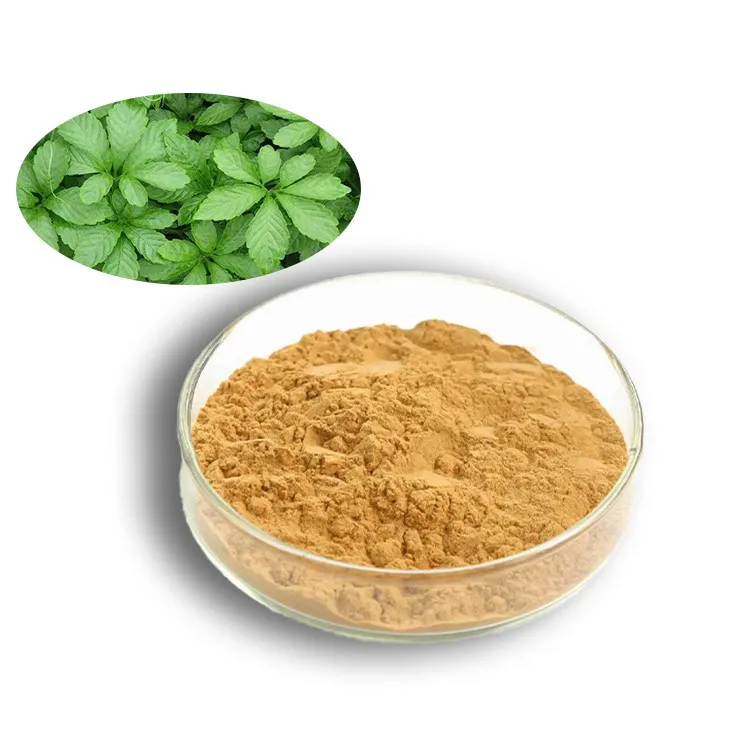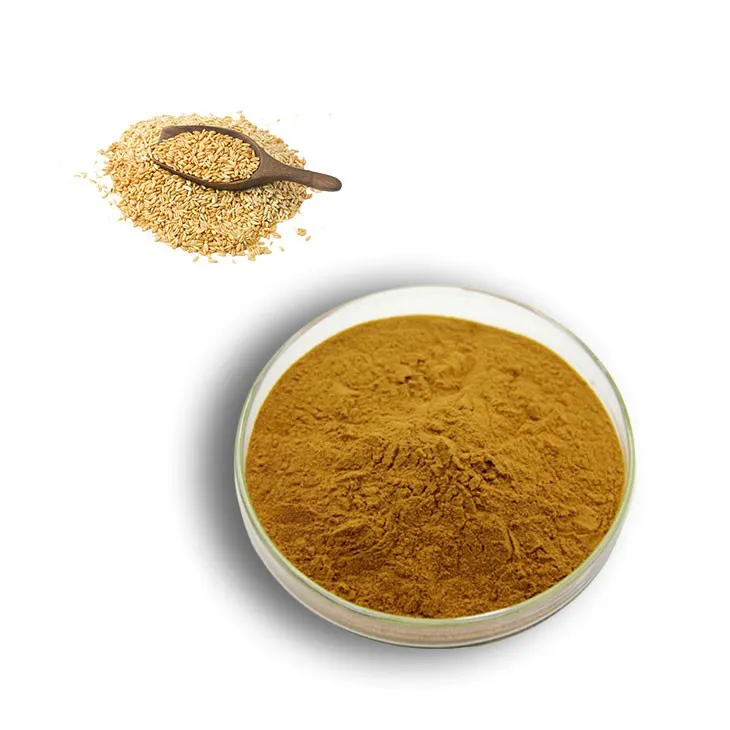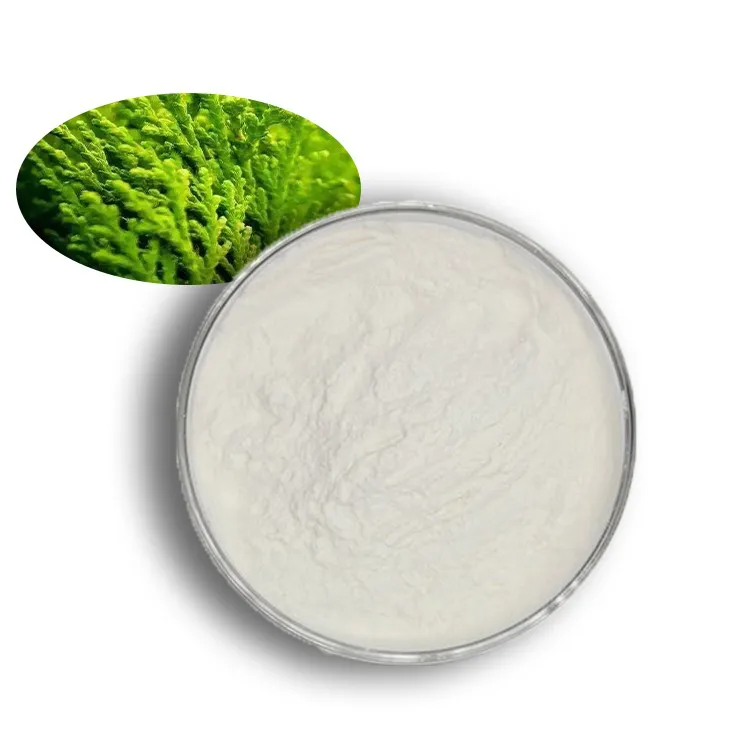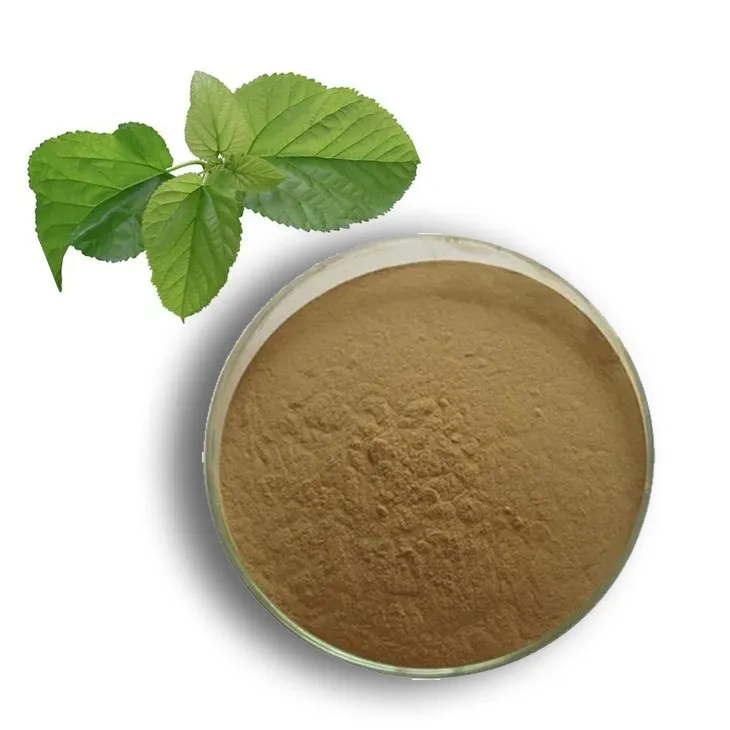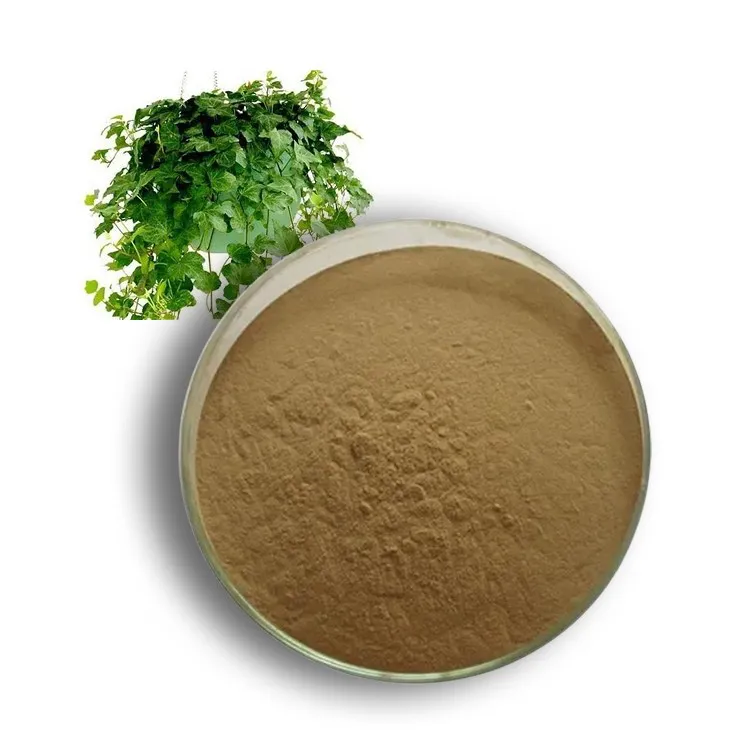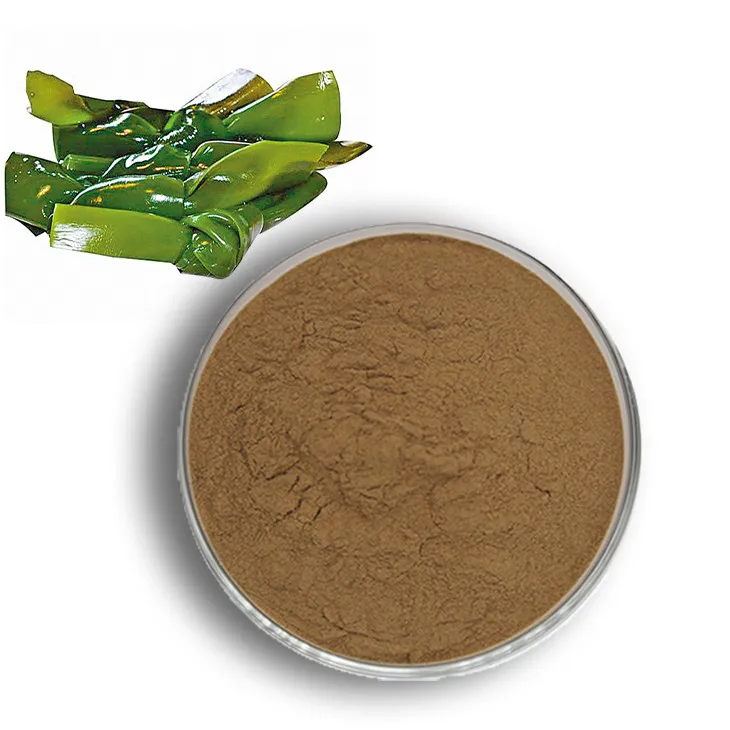- 0086-571-85302990
- sales@greenskybio.com
What Is the Generic Name for Horse Chestnut?
2025-10-30
The term “horse chestnut” is widely used in both medicinal and botanical contexts, yet it can be somewhat ambiguous. Is it What should be noted about safety and naming context?
Toxicity and raw plant parts
While the extract of horse chestnut seed is used therapeutically in standardized form, raw seeds, leaves, bark or flowers of Aesculus hippocastanum are considered toxic. For example:
“Horse chestnut contains significant amounts of a poison called esculin and can cause death if eaten raw.”
Thus the generic naming is relevant only when discussing appropriately processed extract—not unprocessed plant material.
Standardization of extract vs. generic name clarity
One challenge in herbal supplements is variability in extract quality, concentration of active compounds (e.g., aescin content), and formulations. The generic name “horse chestnut seed extract” may not capture these differences. Consumers should look for standardized extracts (e.g., “standardized to 20–22% aescin” noted in some sources).
Healthcare professionals should ensure that when they refer to “horse chestnut” they clarify which form is being used (seed extract, specifying dose, standardization etc.)
Interaction with the generic name and brand names
Brand names may vary (e.g., Venastat) but the underlying generic is horse‑chestnut seed extract.
It is important for clinicians and patients alike to look at the generic name because:
Generic names are non‑proprietary and standardized.
Brand names may change across regions, whereas generic names remain consistent.
Knowing the generic allows checking for interactions, contraindications, and safety profiles.
Why is the botanical genus important for the generic name?
Distinguishing from edible chestnuts
Although the common name “horse chestnut” suggests similarity with edible chestnuts (genus Castanea), they are not closely related. The edible chestnuts belong to the family Fagaceae; horse chestnut is in the family Sapindaceae.
Thus, accurate botanical naming helps avoid confusion, especially important in safety contexts (since horse chestnut seeds are toxic if unprocessed).
Biological and therapeutic relevance
The genus Aesculus includes several species used in herbal medicine—not solely Aesculus hippocastanum. For example, Aesculus turbinata is a Japanese horse chestnut.
However, most clinical research and therapeutic use focus on Aesculus hippocastanum seed extract. Therefore, when the generic name is used in a medical/supplement setting, it often signals that species.
Global variation & regulatory considerations
Different countries may refer to the botanical plant or extract differently—Latin names, generic names, or local names. The use of Latin botanical name (Aesculus hippocastanum) as the scientific designation aids international consistency.
For instance, herbal pharmacopeia may list “Hippocastani semen” (seed of Aesculus hippocastanum) as the recognized herbal medicine.
When prescribing, recommending or studying the product, referencing the correct species ensures the generic name is meaningful.
Conclusion
In summary, the generic name for horse chestnut in medicinal and herbal contexts typically refers to horse chestnut seed extract (seed of Aesculus hippocastanum) or simply “horse chestnut”. The botanical name (Aesculus hippocastanum) is important to precisely identify the species used. Understanding the generic name matters for proper labeling, research interpretation, safety, and regulatory compliance.
When you see “horse chestnut” on a supplement label or hear it in a healthcare setting, ask:
Is it the seed extract (standardized)?
What species is referenced (likely Aesculus hippocastanum)?
Is the extract standardized to active compounds like aescin?
Are the raw plant parts excluded (since they may be toxic)?
By appreciating the distinction between common name, botanical name, and generic medicinal name, you can navigate use of horse chestnut more safely and effectively.
Visit Greenskybio.com, a great article source where you can learn about Supplements and their health benefits, you also can get the latest food Supplements. Green Sky Bio provides the best extracts and supplements. It is a Chinese self-developed brand that is trustworthy! Welcome to email us to inquire about our products.
TAGS:- ▶ Hesperidin
- ▶ Citrus Bioflavonoids
- ▶ Plant Extract
- ▶ lycopene
- ▶ Diosmin
- ▶ Grape seed extract
- ▶ Sea buckthorn Juice Powder
- ▶ Fruit Juice Powder
- ▶ Hops Extract
- ▶ Artichoke Extract
- ▶ Mushroom extract
- ▶ Astaxanthin
- ▶ Green Tea Extract
- ▶ Curcumin
- ▶ Horse Chestnut Extract
- ▶ Other Product
- ▶ Boswellia Serrata Extract
- ▶ Resveratrol
- ▶ Marigold Extract
- ▶ Grape Leaf Extract
- ▶ New Product
- ▶ Aminolevulinic acid
- ▶ Cranberry Extract
- ▶ Red Yeast Rice
- ▶ Red Wine Extract
-
Dandelion Root Extract
2025-10-30
-
Pomegranate Extract
2025-10-30
-
Senna Leaf Extract
2025-10-30
-
Gynostemma pentaphyllum extract
2025-10-30
-
Oat Straw Extract Powder
2025-10-30
-
Carrageenan Extract Powder
2025-10-30
-
Mulberry leaf Extract
2025-10-30
-
Ivy Extract
2025-10-30
-
Kelp Extract Powder
2025-10-30
-
Hericium erinaceus extract powder
2025-10-30











